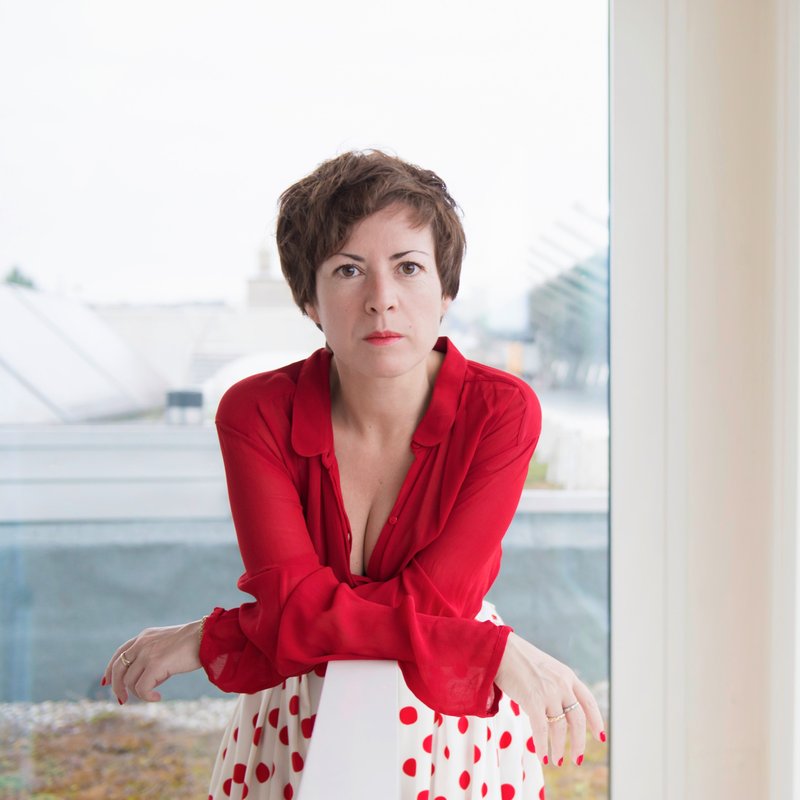Chus Martínez

Chus Martínez, Director, Institute Art Gender Nature, Basel, Switzerland
Years professionally involved in the contemporary art museum field: 26 years
Have you served on another board or organization similar to CIMAM? Yes
If so, where and how long have you served? AICA - 3 years.
Short bio. Describe also your involvement with CIMAM and the museum community:
Born in Spain, Chus Martínez has a background in philosophy and art history. She is currently the Head of the Institute of Art of the FHNW Academy of Arts and Design in Basel, Switzerland, and Artistic Director of Ocean Space, Venice, a space spearheaded by TBA21–Academy, as well as curator at large at The Vuslat Foundation in Istambul.
She sits on the advisory boards of numerous international art institutions, including Castello di Rivoli, Turin; De Appel, Amsterdam; Deutsches Historisches Museum, Berlin; and Museum der Moderne, Salzburg. She has been the Chief Curator at El Museo Del Barrio, New York and dOCUMENTA (13) Head of Department. Previously she was Chief Curator at MACBA, Barcelona, Director of the Frankfurter Kunstverein. Martínez has organized numerous exhibitions and publications with contemporary artists. She lectures and writes regularly including numerous catalogue texts and critical essays, and is a regular contributor to international journals.
Recent publications are Like This. Natural Intelligence As Seen by Art. Hatje Cantz Verlag (2022); The Wild Book of Inventions, Sternberg Press (2020), Corona Tales. Let Life Happen to You, Lenz, (2021).
Motivation Statement: How can you contribute to CIMAM's mission and strategic goals by being a Member of the Board? (i.e strategy, membership, fundraising, governance, network in strategic regions, availability, knowledge or skills in a specific area):
After serving as co-curator of documenta 13 with Carolyn Christof-Bakargiev, I moved to an art school. Back then, my main motivation was to move closer to those younger generations producing art, but also to understand how the transformation of art education could --later on--impact on the transformation of the institutions exhibiting and collecting art.
Thanks to this journey--now for almost 9 years--I have learned to understand that museums and art institutions need to move away from the idea of preserving works or servicing a specific community to experiment with models of co-creation and co-inhabiting certain art spaces. I am particularly interested in exploring models of doing invested in equality within the human and the non-human realms. But also invested in coming closer to communities that relate less to art institutions. Children particularly interest me as the future of our field.
I think I am a good organizer, interested in designing strategies, interested in designing a communicability model that made people re-engage with the existing organizations, such as CIMAM, and versed in fund-raising as well.
I have been long thinking about returning to CIMAM and engaging in a valuable debate about all these issues with my colleagues. I am particularly interested in fostering a broad exchange of ideas that are developed outside the Western culture and how these may positively impact defining our cultural models and languages.
I am interested, as well, in linking several sectors--like art schools--closer to museums and in ceasing to see art education as backstage or a less important region of our institutional landscapes.
Describe briefly the expectations of your involvement as a CIMAM Board member and how you envision CIMAM's priorities in the next years:
I think I answered this already. But learning new modes of telling that would re-engage with less privileged and younger communities interest me. Promoting and fostering working practices that present the museum as a safe space and not only a space of guilt or representation of a certain class and culture; investigating ways of being and inhabiting the museum more flexible and able to encompass other needs than just the visit; un-usual collaborations with other institutions belonging to the art system--such as art schools--; modifying the language and moving away from the written text to orality in the institutions; inventing ways of relating.